Meet Studio by WordPress.com, our new, free, open source local WordPress development environment.
WORDPRESS
WP Lookout Lets WordPress Users Track and Receive Notifications for Their Preferred Plugins and …
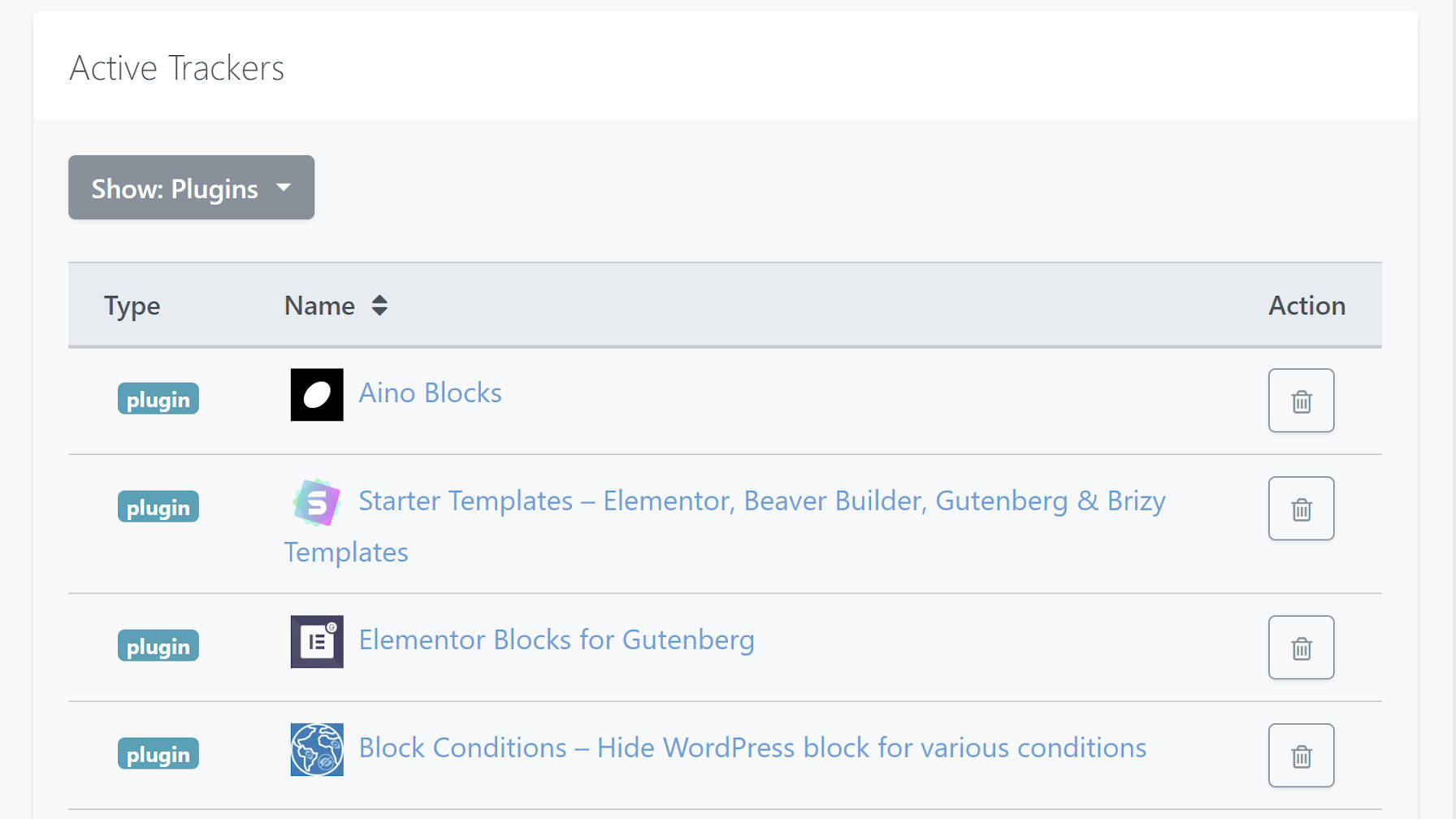
Should WordPress notify users of plugin ownership changes? That was the question that Ian Atkins asked two months ago. WP Tavern readers seemed to think it was a good idea, at least those who commented on our coverage of it. However, the original Trac ticket has not seen any movement since.
Tracking such changes does not necessarily need to go through WordPress. Chris Hardie built a service called WP Lookout that notifies users of such changes and much more. It has also been available since August of 2020.
“WP Lookout watches for interesting changes to the WordPress themes and plugins that someone cares about,” said Hardie. “I created WP Lookout for professional WordPress developers, consultants, and site managers who want to stay more informed about the plugins and themes that they (and their clients) depend on.”
While WP Lookout faces the same challenges with plugin ownership changes, it does have an advantage. It also tracks WordPress news organizations, including WP Tavern and Post Status. Even if the ownership change is not reflected on the plugin’s WordPress.org page, the story may be picked up in the news. Hardie launched the news-tracking feature in early December 2020. It includes the Wordfence vulnerabilities blog and iThemes vulnerabilities roundup blog as a part of the service’s security notification system. The service also scans change logs for keywords related to security.
Notifications do not stop there. The WP Lookout tracks plugin, theme, and core WordPress updates. It also supports several commercial plugins such as Advanced Custom Fields Pro, Gravity Forms, and WP Rocket.
“When we first decide to use a theme or plugin on a WordPress site, we hopefully research it thoroughly — code quality, ratings, support responsiveness, new release history, speed of security fixes, and so on — but once it’s installed it’s easy to neglect those important bits of ‘health’ information over time,” said Hardie. “Auto-updates are great from many perspectives, but I think anyone who has had to manage and troubleshoot a non-trivial WordPress site over time knows that it’s also important to stay aware of, for example, what’s happening in the change log or whether ownership of a plugin has changed hands. But nobody wants to log in to wp-admin on a bunch of sites every week to gather that info.”
Hardie said WP Lookout will always have a robust free option for people who just want a daily email notification for a handful of plugins and themes. However, there are paid tiers for customers to access more features. They allow users to track more plugins and themes and get immediate alerts through email, RSS, Slack, or custom webhooks.
“The middle tier supports up to 50 themes/plugins, immediate email notifications, and a personalized RSS feed,” he said. “The Builder tier supports up to 200 themes/plugins and adds in Slack and custom webhook support along with the option to just get security-related notifications. With more real-world user feedback, we may adjust what’s in each tier over time.”
All users get access to the Builder tier for a few weeks after signing up. After that, they must subscribe or stick with the free tier features. WP Lookout allows users to search for and add a tracker for individual plugins. The service primarily relies on the public WordPress.org API for getting plugin and theme data. This is the same system that WordPress uses to check to see if updates are available.
“But it also goes beyond what the API offers,” said Hardie. “For example, there’s no standard yet for theme authors to provide .ORG theme change logs, and so that information doesn’t show up when you go to update a theme in wp-admin; you’d have to go poking around in Trac or source files to find it. So WP Lookout follows the trail to the change log details and puts that right in front of you.”
There is also a WP Lookout plugin available in the plugin directory. It uses an API key, which users can get from the WP Lookout website. The plugin then lets the WP Lookout service know what plugins and themes are installed and adds them as trackers. Using the plugin is far more efficient than manually adding individual plugins and themes.
For plugins and themes that are not on WordPress.org, the service uses custom update APIs provided by the third-party developers. If that is not sufficient, it uses webpage scraping. For news sources, it parses RSS feeds.
“It’s been interesting to see the wide variety of ways that WordPress theme and plugin authors do or don’t manage and present data publicly about their products,” said Hardie. “Some have API endpoints that return the same level of detail as the .ORG API, others have change log/version documents generated by some internal tools, and still others don’t bother doing much at all. I think an argument could be made to standardize on something here for the long-run to help boost the culture of keeping software updated, even/especially if it eventually makes the need for a tool like WP Lookout obsolete.”
Hardie has no plans of sitting on what he has already built. One of the next goals is regularly adding new themes and plugins that are not on WordPress.org. This will mean connecting with development teams and figuring out how users can get notifications of things that often have no public APIs. The lack of standardization in the space could be a tough hurdle to jump.
“I have a long list of features I’m planning to add, including things like integrating tracking GitHub repo releases, bringing some helpful data points from WP Lookout into the wp-admin interface, WordPress Packagist integration, allowing per-tracker Slack channel configurations, better internationalization, and better handling of change logs that theme/plugin authors chose to maintain outside of their .org code repositories,” he said.
Hardie does not want to get too far ahead of himself with feature ideas. He said he is excited to get more feedback from users about what they find useful. Currently, there are 80 users, which is publicly available data. WP Lookout maintains an open data and financial transparency page. “Despite having paid options for more advanced users, I mostly think of this as a service I want to operate for the WordPress community, and I’ll always have a robust set of free functionality,” he said. “I’m also committed to participation in Five for the Future, bringing what I’ve learned here back into improvements that might benefit all WordPress users, whether they take advantage of WP Lookout or not.”
How the Service Works
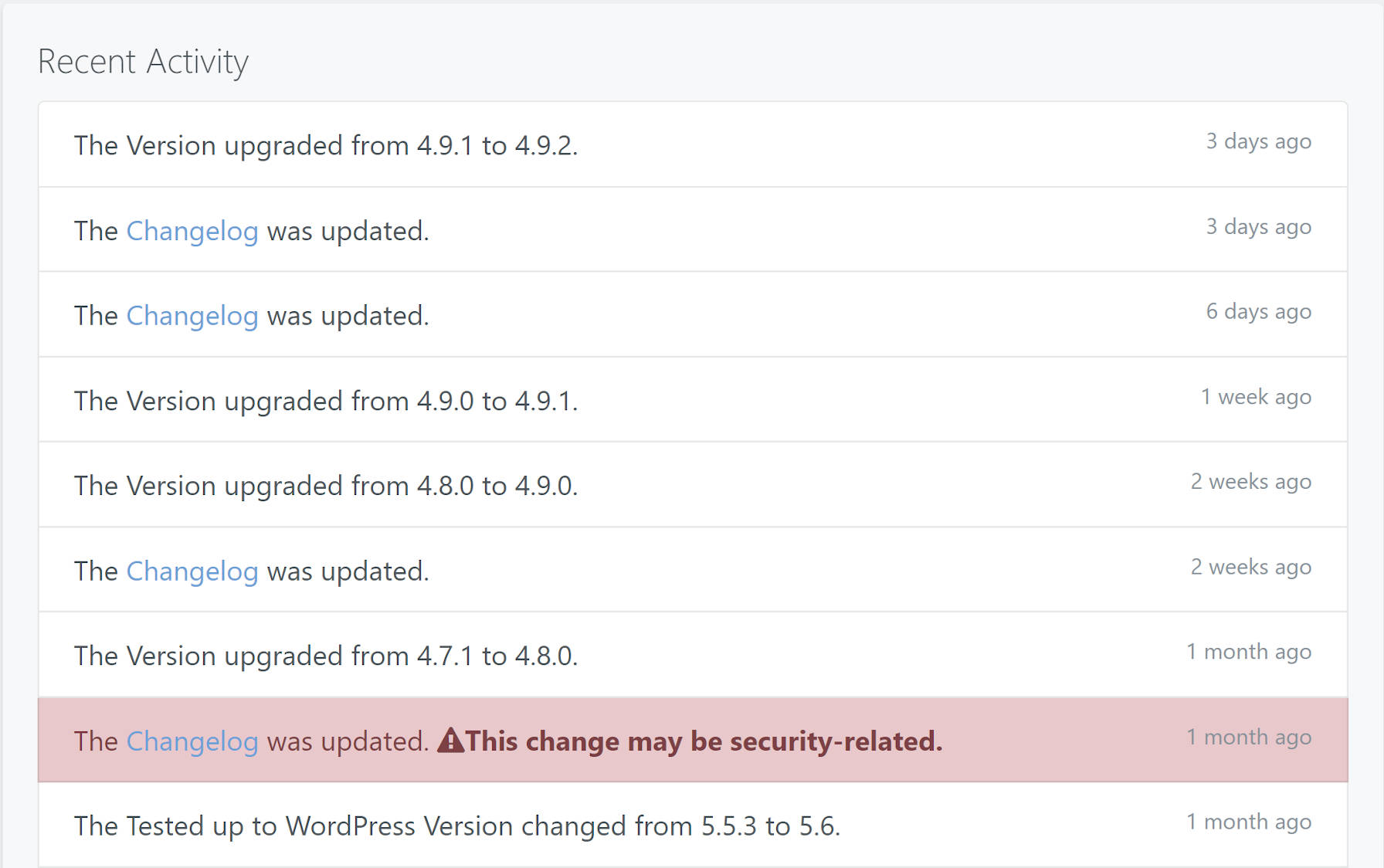
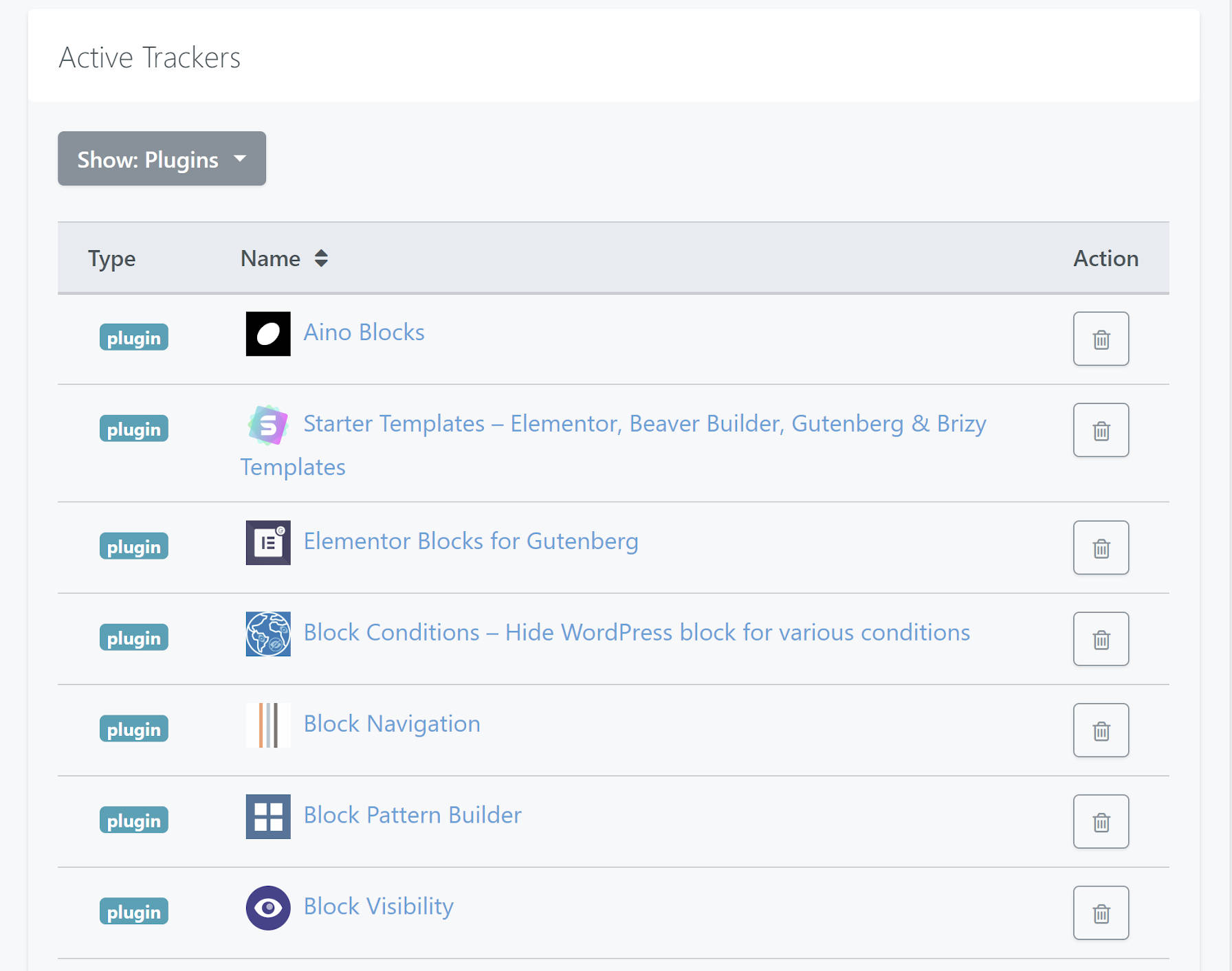
The Future of WP Lookout
WORDPRESS
Your New Favorite Way to Develop WordPress Locally – WordPress.com News

Say goodbye to manual tool configuration, slow site setup, and clunky local development workflows, and say hello to Studio by WordPress.com, our new, free, open source local WordPress development environment.
We’ve built Studio to be the fastest and simplest way to build WordPress sites locally.
Designed to empower developers, designers, and site builders, Studio offers a seamless solution for creating and running WordPress sites directly on your local machine, as well as showcasing work-in-progress sites with your clients, teams, and colleagues.
Check out a few of our favorite features in the video below:
A new way to develop WordPress locally, available for free
Studio is now available to use for free on Mac*, and you can get up and running with a new local site in just a few minutes:
- Download Studio for Mac.
- Install and open Studio.
- Click Add site, and you’re done!
Once you have a local site running, you can access WP Admin, the Site Editor, global styles, and patterns, all with just one click—and without needing to remember and enter a username or password.
You can even open your local sites in your favorite development tools, such as VS Code, PhpStorm, Terminal, and Finder, making it even easier to add Studio to your existing development workflow.
Plus, Studio is open source; feel free to fork away on GitHub.
*A Windows version of Studio is coming soon, and you can request early access here.
Effortlessly share your work and keep moving forward
In the realm of web development, showcasing local work has often been a challenge when projects live solely on your machine. With Studio’s demo sites, you have a convenient, built-in solution for sharing your progress with your team, clients, or designers.
These publicly-accessible demo sites, hosted on WordPress.com, are a convenient way to share your work without the need for complex server setups or lengthy deployments. In less than 15 seconds, you can have a shareable link to your local site that stays active for seven days.
The best part? Demo sites can be refreshed to reflect your latest build, allowing you to easily convey any updates or changes!
Breaking free from traditional constraints
Unlike traditional local environment tools like MAMP or Docker, Studio takes a fresh approach to local WordPress development. Studio is a lightweight and efficient solution that minimizes overhead and maximizes simplicity by forgoing the need for web servers, MySQL servers, or virtualization technologies.
Behind the scenes, Studio uses WordPress Playground, the WebAssembly-powered PHP binary. Thanks to this technology, there is no need to use a traditional web server, making your development experience much quicker and smoother.
Say goodbye to complex setups and compatibility issues. Studio makes it easier than ever to build and manage WordPress sites locally.
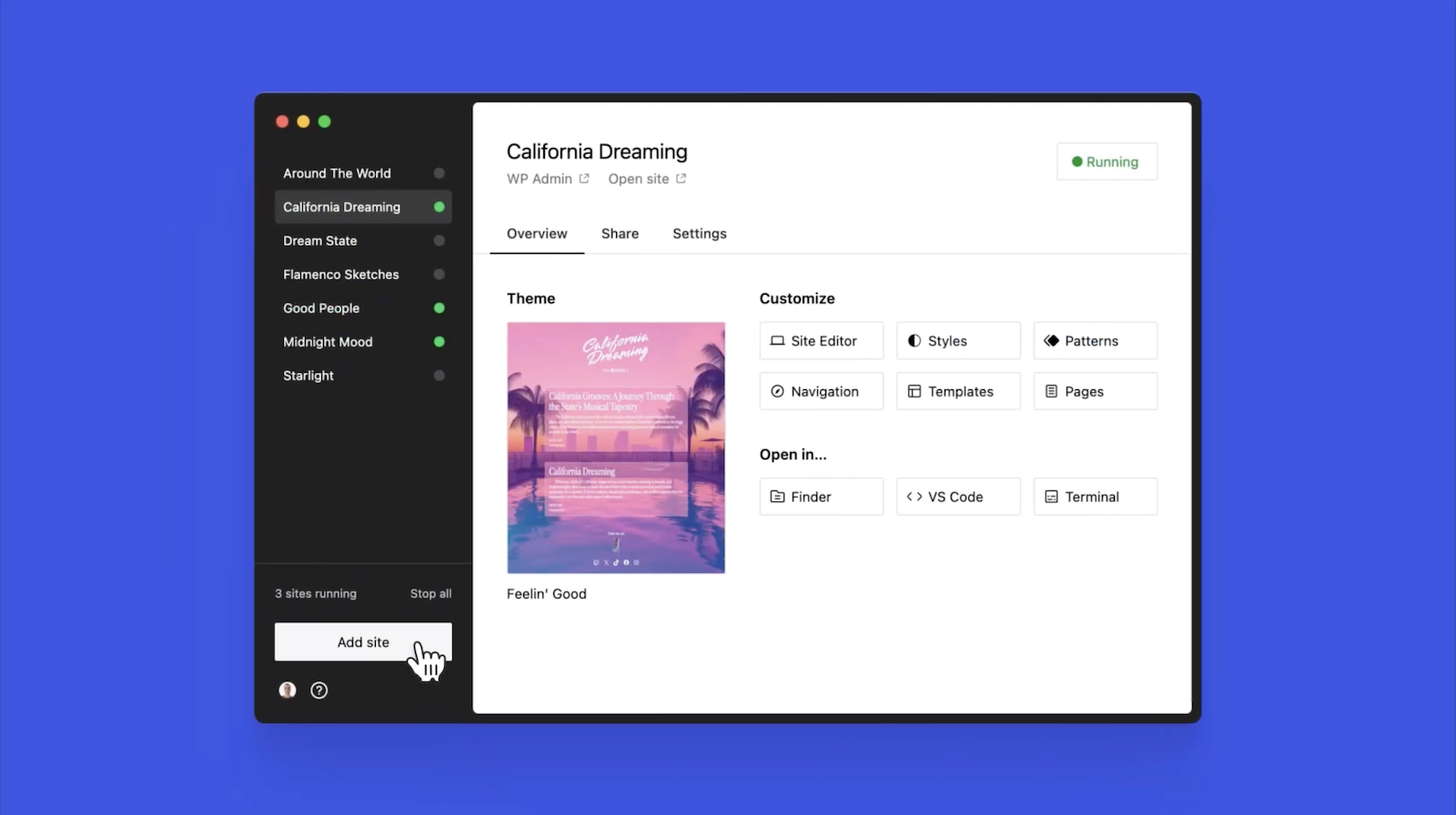
Let’s get building
At WordPress.com, we’re committed to making your website management experience seamless. In the last few years alone, we launched staging sites with synchronization features, SSH and WP-CLI access, global edge caching, GitHub Deployments, and more.
Studio is yet another powerful feature to add to your toolkit. Stay tuned for more exciting updates, and remember to follow our blog to stay in the loop.
And, of course, download Studio today. Your local development workflow will thank you.
Major kudos to the Studio team on this launch! Antonio Sejas, Antony Agrios, Kateryna Kodonenko, Philip Jackson, Carlos García Prim, David Calhoun, Derek Blank, Siobhan Bamber, Tanner Stokes, Matt West, Adam Zielinski, Brandon Payton, Berislav Grgicak, Alexa Peduzzi, Jeremy Massel, Gio Lodi, Olivier Halligon, Matthew Denton, Ian Stewart, Daniel Bachhuber, Kei Takagi, Claudiu Filip, Niranjan Uma Shankar, Noemí Sánchez, and our beta testers.
Join 110.2M other subscribers
WORDPRESS
Smooth Transition: A Comprehensive Guide to Migrating from WooCommerce to Shopify

Are you considering migrating from WooCommerce to Shopify but feeling overwhelmed by the process? Fear not! This comprehensive guide is designed to walk you through every step of the migration journey, ensuring a smooth transition for your online store. Whether you’re looking to capitalize on Shopify’s user-friendly interface or seek better scalability for your growing business, this guide has covered you. Let’s dive into the essential steps and strategies for seamlessly migrating from WooCommerce to Shopify.
Understanding the Migration Process
Assessing Your Current WooCommerce Setup
Before embarking on the migration journey, take a thorough inventory of your current WooCommerce setup. Identify your products, categories, customers, and any customizations you’ve made to your store. This assessment will provide a clear roadmap for transferring your data to Shopify without missing any crucial elements.
Choosing the Right Shopify Plan
Shopify offers a range of plans tailored to different business needs, from basic to advanced. Take the time to evaluate your requirements and select the plan that aligns best with your budget and growth goals. Whether you’re a small startup or an established enterprise, Shopify has a plan to suit your needs.

Preparing Your Data for Migration
Backing Up Your WooCommerce Data
Before initiating the migration process, creating a backup of your WooCommerce data is essential. This ensures that you have a safety net in case anything goes awry during the transition. Export your product listings, customer information, order history, and other relevant WooCommerce data.
Importing Your Data into Shopify
Once you’ve backed up your WooCommerce data, it’s time to import it into Shopify. Shopify provides tools and apps that streamline the data migration process, making it easy to transfer your products, customers, and orders seamlessly. Follow the step-by-step instructions provided by Shopify to upload your data accurately.
Additionally, if you’re migrating from WooCommerce to Shopify, it’s crucial to understand the specific steps involved in this process. Ensure that you follow the recommended procedures and utilize the available resources to facilitate a smooth transition.

Designing Your Shopify Store
Choosing a Theme
One of the perks of migrating to Shopify is access to a wide range of professionally designed themes. Browse Shopify’s theme library to find a design that reflects your brand identity and complements your products. Whether you prefer a minimalist aesthetic or a bold, eye-catching layout, Shopify has a theme to suit your style.
Customizing Your Theme
Once you’ve selected a theme, customize it to align with your brand’s look and feel. Shopify’s intuitive drag-and-drop editor makes it easy to tweak your theme’s layout, colors, fonts, and imagery without any coding knowledge required. Experiment with different customization options until you’re satisfied with the overall design of your Shopify store.

Configuring Your Settings and Features
Setting Up Payment Gateways
Shopify offers a variety of payment gateways to accommodate different customer preferences. Configure your preferred payment methods, including credit cards, PayPal, Apple Pay, and more, to provide a seamless checkout experience for your customers. Ensure that your payment gateways are integrated securely to protect sensitive customer information.
Managing Shipping Options
Streamline your shipping process by configuring your shipping settings in Shopify. Set up shipping zones, rates, and fulfillment preferences to ensure accurate shipping costs and delivery times for your customers. Shopify’s built-in shipping tools make it easy to manage your shipping logistics efficiently.

Launching Your Shopify Store
Testing Your Store
Before going live with your Shopify store, thoroughly test its functionality to identify and resolve any issues. Conduct test transactions, navigate the checkout process, and review your store’s performance on different devices and browsers. Address any bugs or discrepancies to ensure a smooth launch for your Shopify store.
Announcing Your Launch
Once you’re satisfied with the functionality and design of your Shopify store, it’s time to announce your launch to the world. Generate excitement among your audience by promoting your new store on social media, email newsletters, and other marketing channels. Offer exclusive deals or discounts to incentivize customers to explore your new Shopify storefront.

Post-Migration Optimization
Monitoring Performance Metrics
After migrating to Shopify, monitor your store’s performance metrics to gauge its success. Track key metrics such as traffic, conversion rates, and average order value to identify areas for improvement. Use Shopify’s built-in analytics tools or integrate third-party analytics platforms to gain valuable insights into your store’s performance.
Continuously Improving Your Store
Optimize your Shopify store based on the insights gleaned from your performance metrics. Experiment with different marketing strategies, product offerings, and user experience enhancements to maximize your store’s potential. Continuously seek customer feedback and iterate on your store’s design and functionality to stay ahead of the competition.
Conclusion
In conclusion, migrating from WooCommerce to Shopify can be a manageable task. By following the steps outlined in this comprehensive guide, you can navigate the migration process with confidence and ease. From assessing your current setup to launching your new Shopify store and beyond, this guide equips you with the knowledge and tools to make a smooth transition. Embrace Shopify’s opportunities for scalability, flexibility, and growth, and watch your online business thrive in its new home.

Related
WORDPRESS
WordPress Block Patterns Give You Superpowers – WordPress.com News
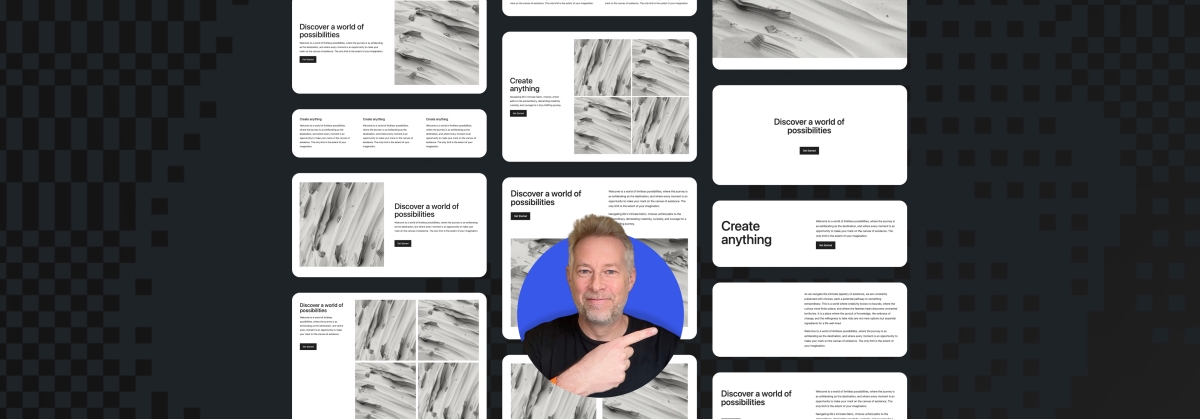
Few WordPress features offer more return on your learning investment than block patterns.
With the power of block patterns you’ll be a WordPress superstar in no time, whether you’re an establish pro or just starting out. Block patterns are professionally designed layouts that you can add your site in a single click. What makes them especially powerful is that once they’re inserted, you can edit and customize every aspect. (Or, you can leave them be!)
In today’s Build and Beyond video, Jamie Marsland walks you through everything you need to go to become a block pattern expert, in under four minutes.
Get started on your site today with a free trial:
Join 110.2M other subscribers
-

 PPC6 days ago
PPC6 days ago19 Best SEO Tools in 2024 (For Every Use Case)
-

 MARKETING7 days ago
MARKETING7 days agoEcommerce evolution: Blurring the lines between B2B and B2C
-
SEARCHENGINES5 days ago
Daily Search Forum Recap: April 19, 2024
-
SEARCHENGINES6 days ago
Daily Search Forum Recap: April 18, 2024
-

 WORDPRESS6 days ago
WORDPRESS6 days agoHow to Make $5000 of Passive Income Every Month in WordPress
-

 SEO7 days ago
SEO7 days ago2024 WordPress Vulnerability Report Shows Errors Sites Keep Making
-

 WORDPRESS6 days ago
WORDPRESS6 days ago10 Amazing WordPress Design Resouces – WordPress.com News
-
WORDPRESS7 days ago
[GET] The7 Website And Ecommerce Builder For WordPress



